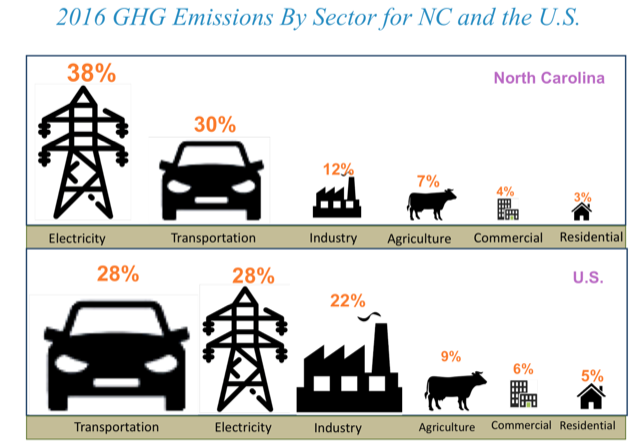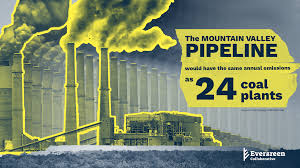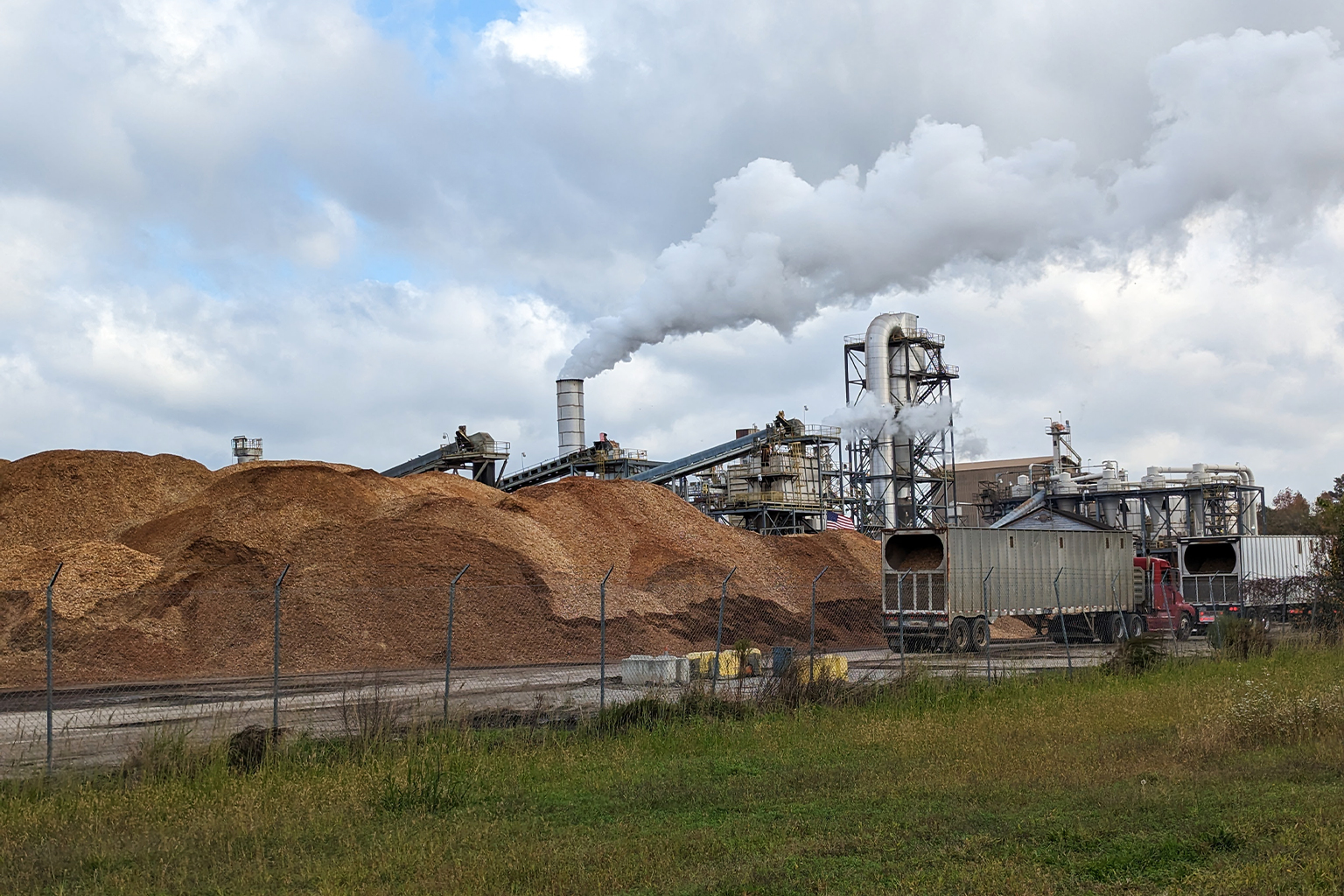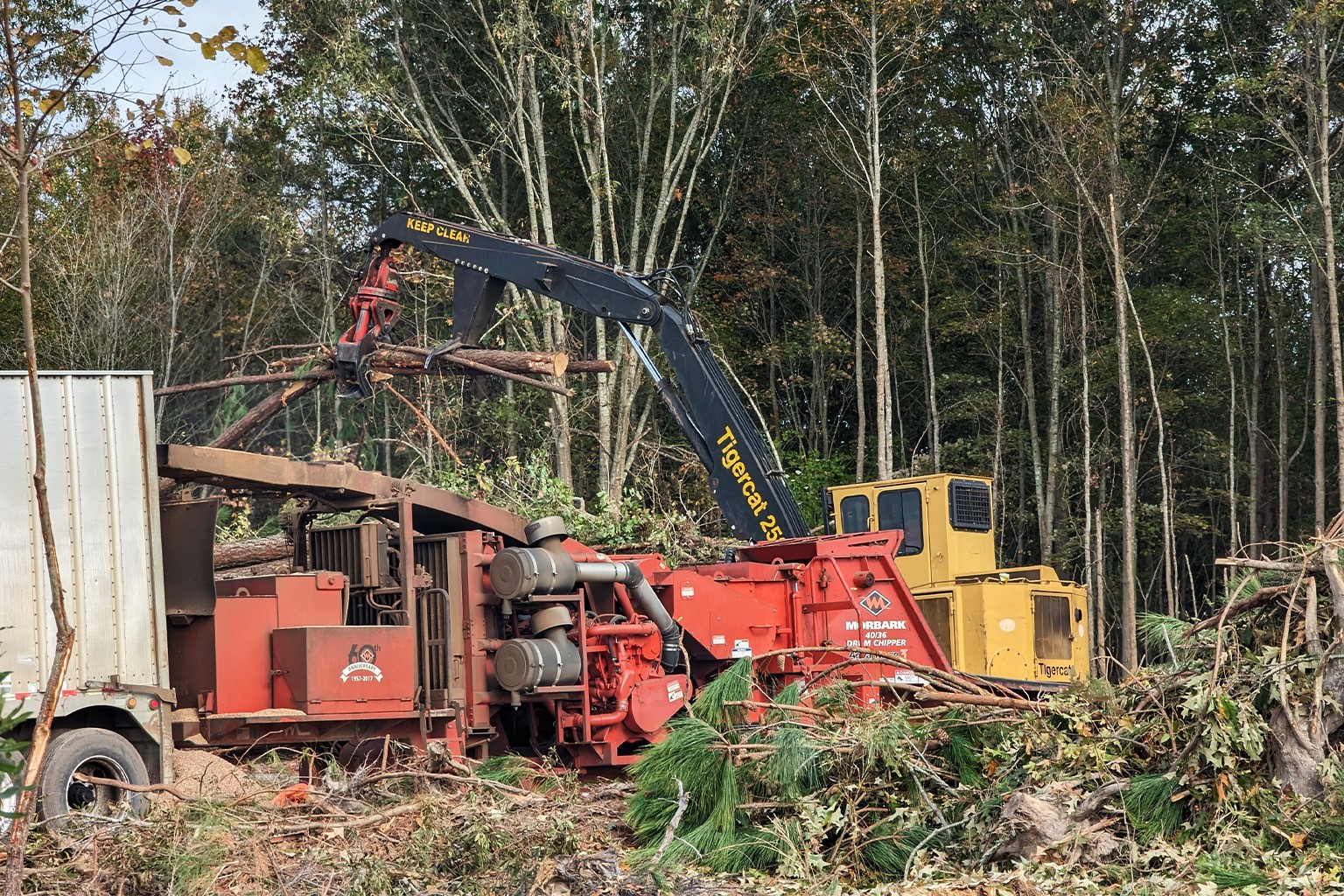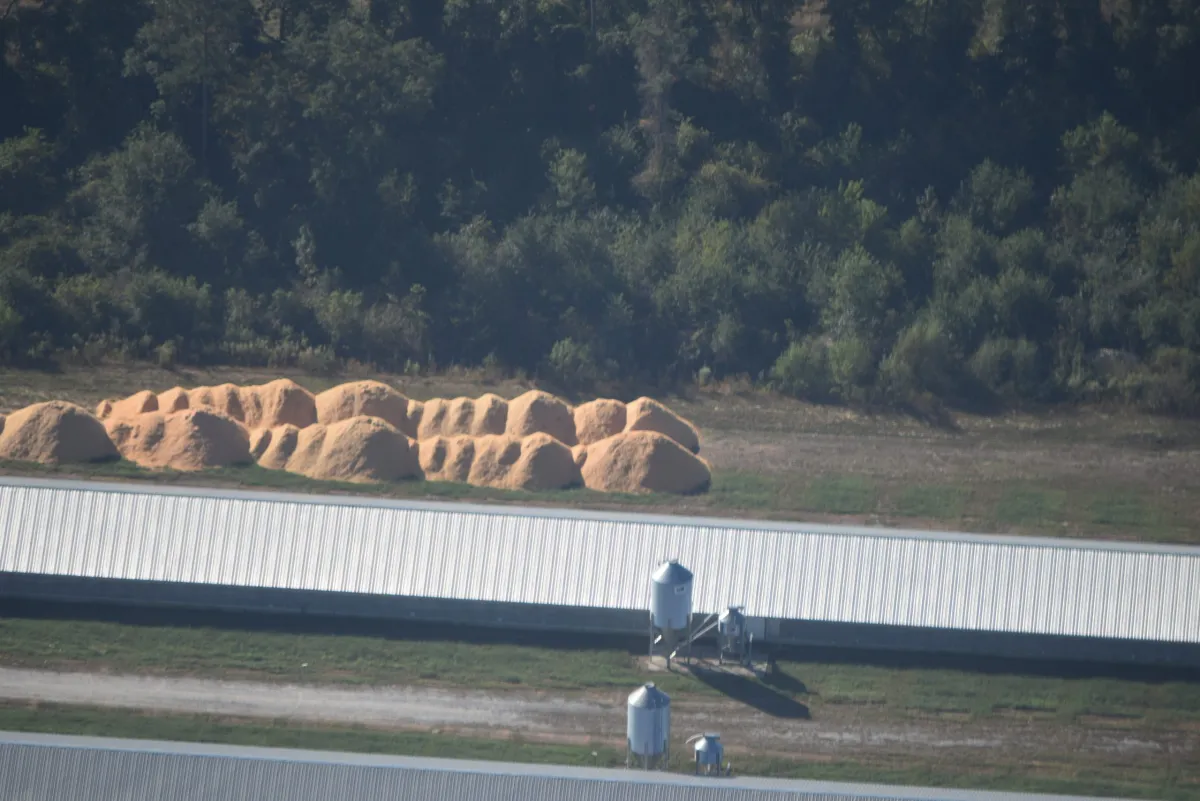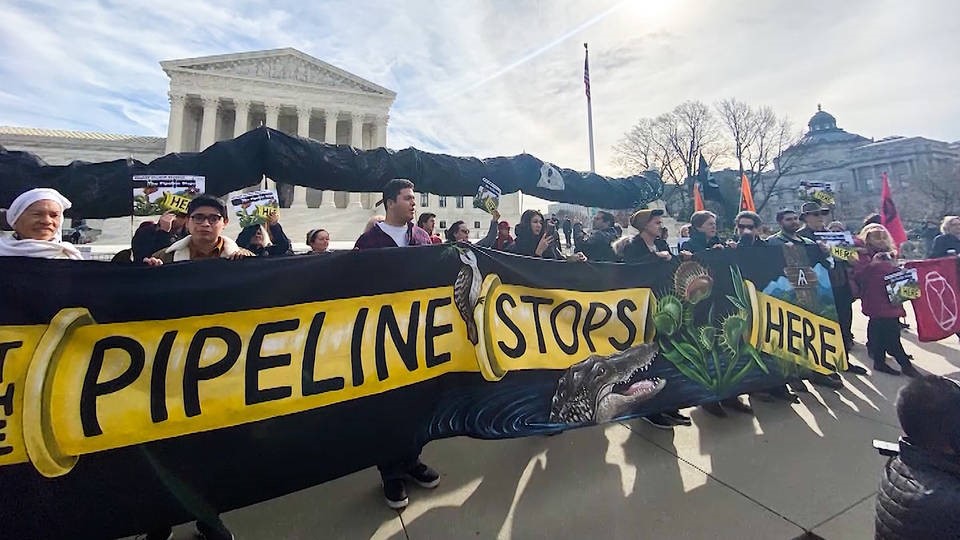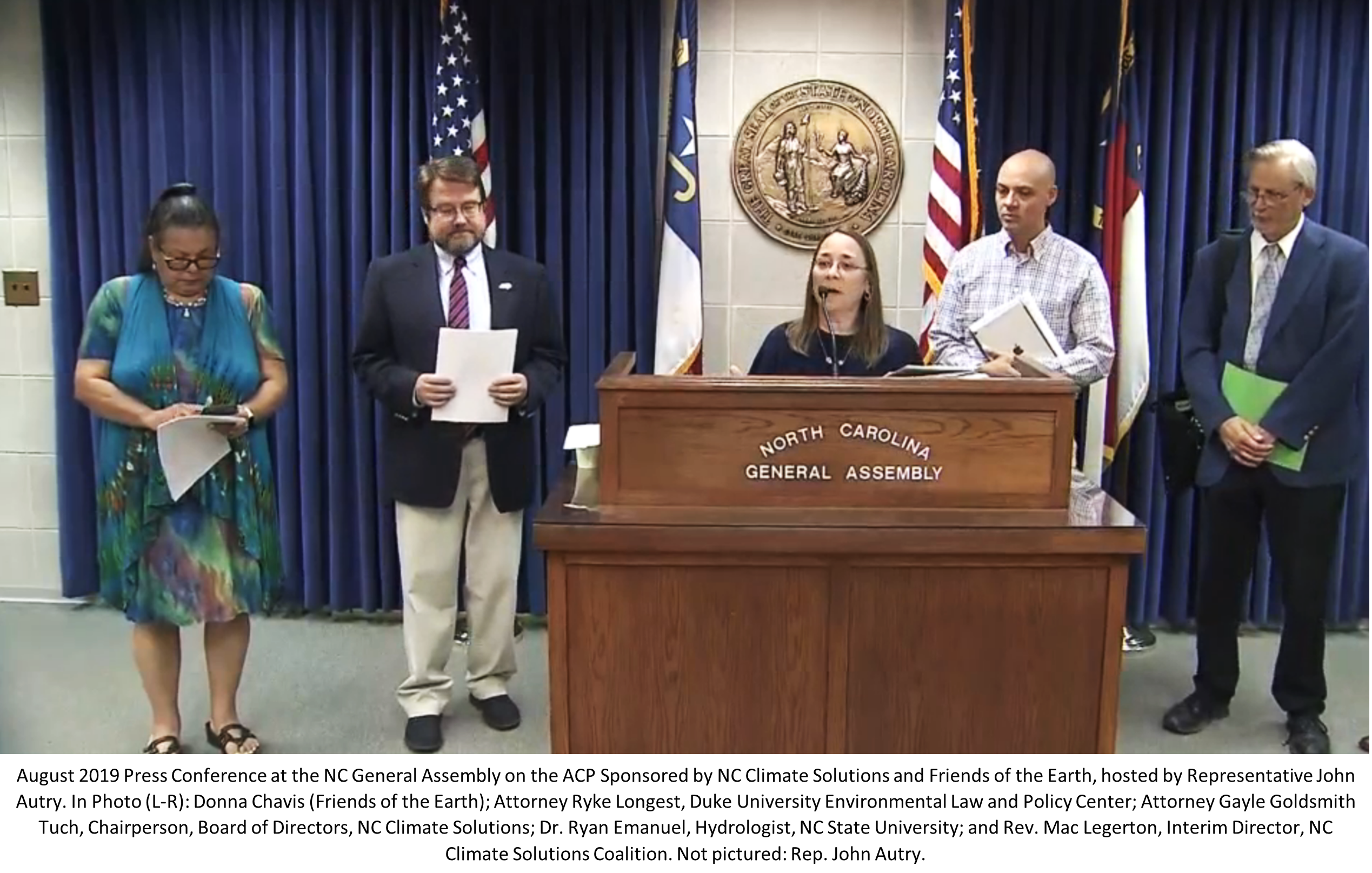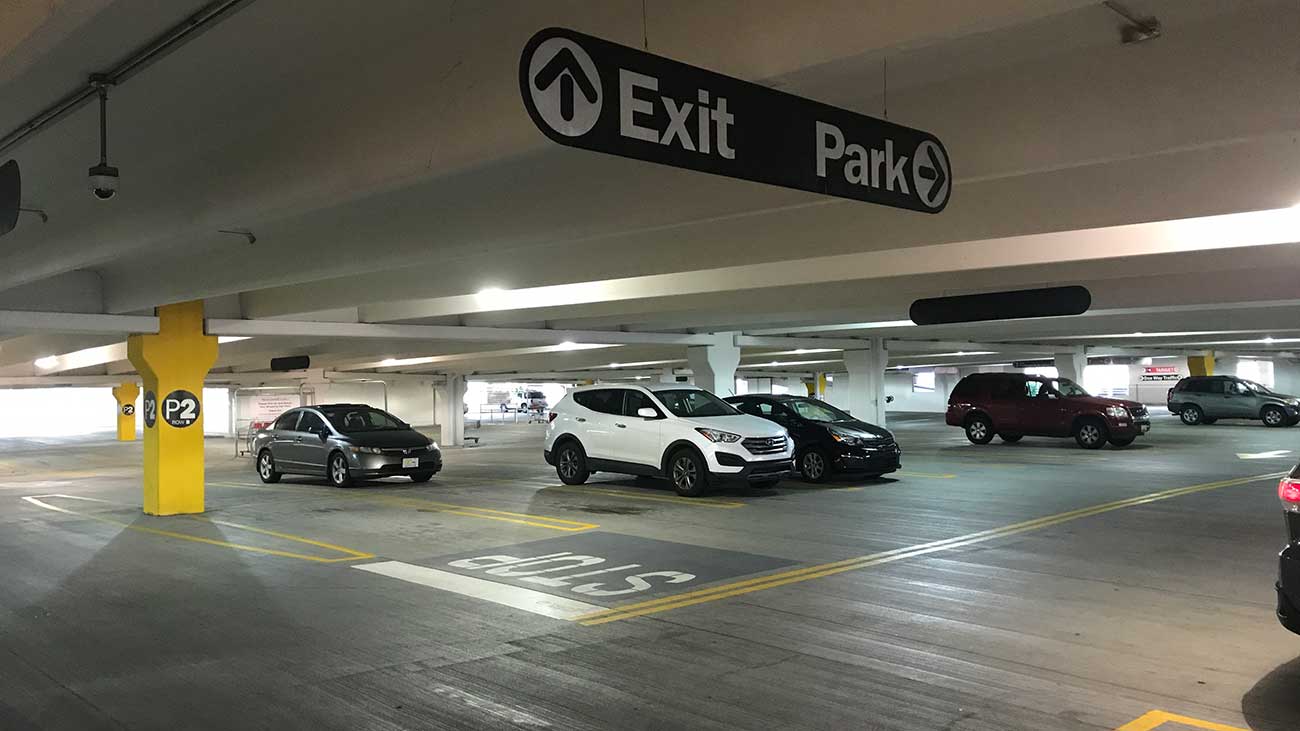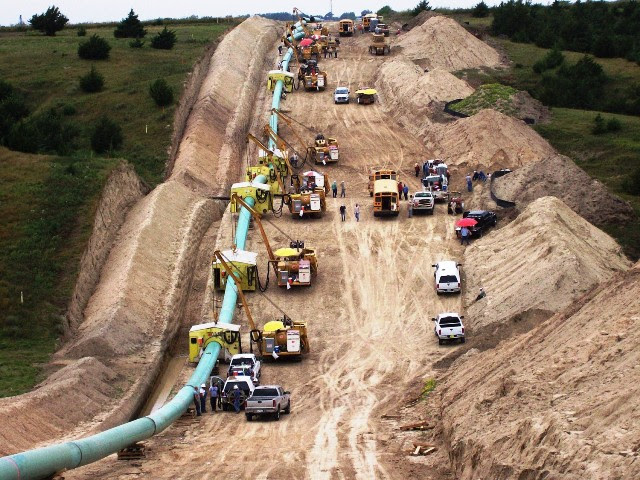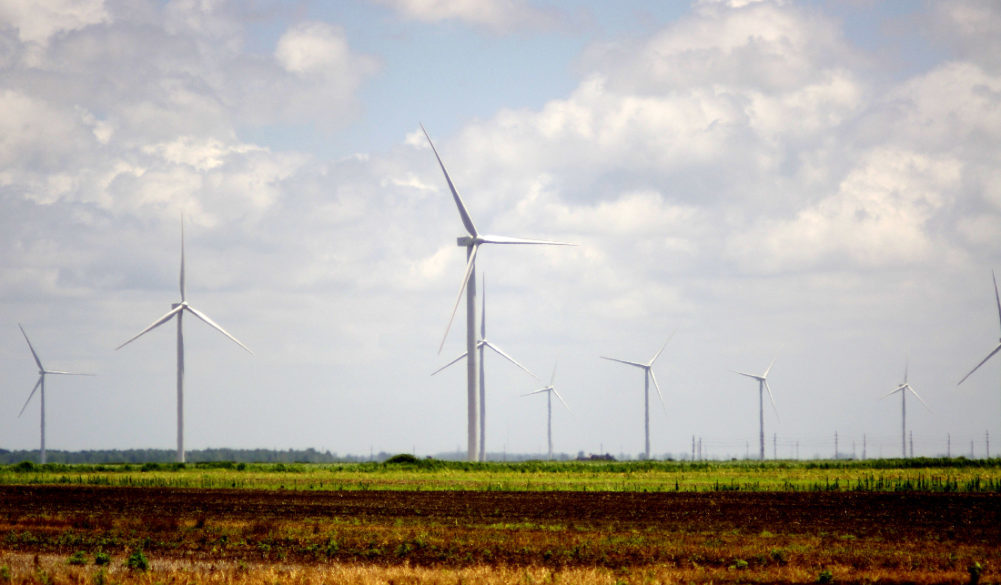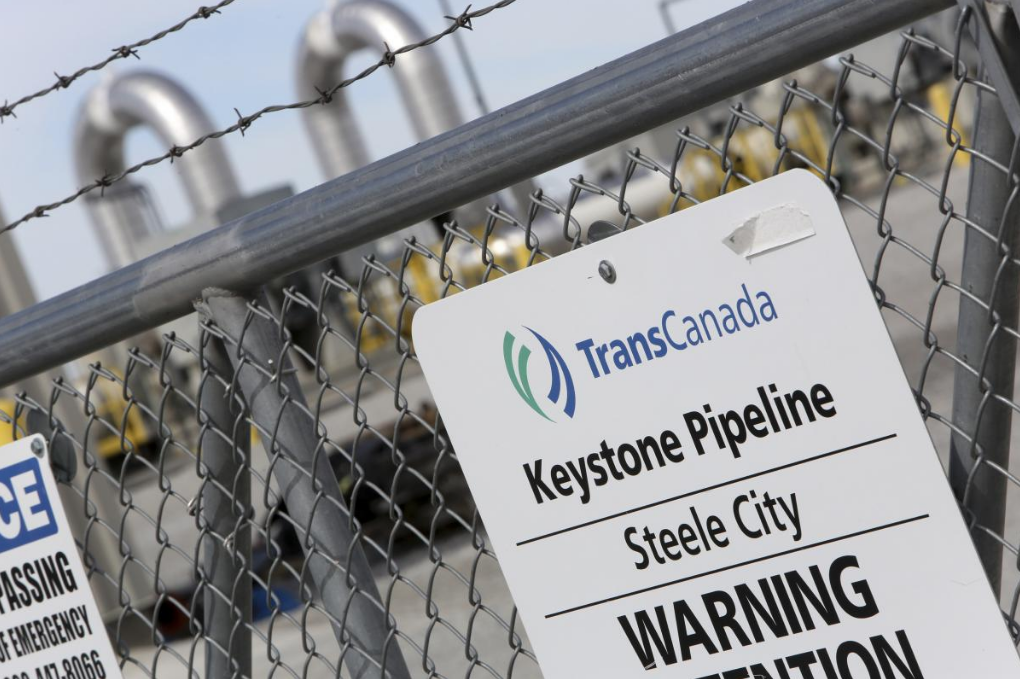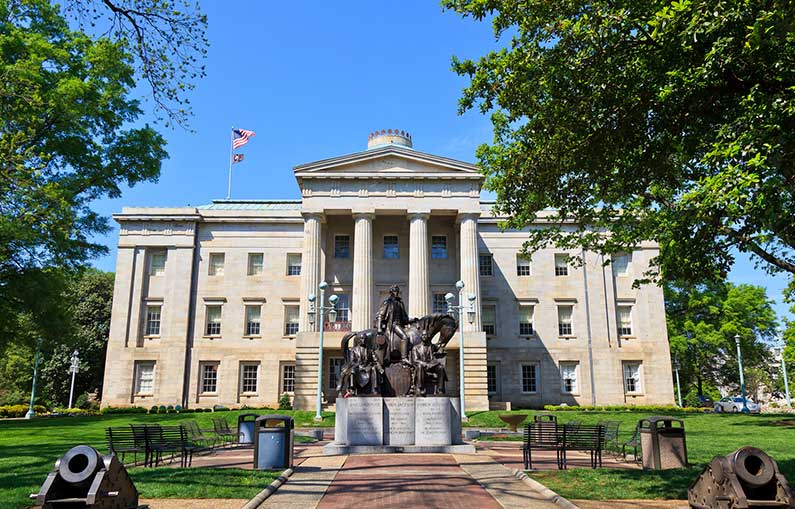February 24, 2019 Posted By terry lansdell
Recently on the national level we learned from the US Energy Information Administration:
The U.S. Energy Information Administration (EIA) estimates that in 2017, U.S. motor gasoline and diesel (distillate) fuel consumption in the U.S. transportation sector resulted in the emission of about 1,098 million metric tons of carbon dioxide (CO2) and 451 million metric tons of CO2, respectively, for a total of 1,549 million metric tons of CO2. This total was equal to 81% of total U.S. transportation sector CO2 emissions and equal to 30% of total U.S. energy-related CO2 emissions in 2017.1
Under international agreement, CO2 emissions from the combustion of biomass or biofuels are not included in national greenhouse gas emissions inventories.
2 Therefore, estimates for the CO2 emissions that result from the
consumption (combustion) of ethanol in gasoline and of
biodiesel in diesel fuel are not included in EIA’s estimates of U.S. energy-related CO2 emissions.
1 Preliminary estimates as of December 2018.
This statistic alone for 2018 indicates just how much climate change emissions come from the transportation sector. We need to ensure that we do not continue to create demand for petroleum products. While electrification is needed, we know that electric vehicles are not the only solution. Every gallon of petroleum we save removes huge amounts of CO2 and Green House Gases (GHG). The co benefits and emission reductions from investment in sidewalks, bike spaces (bike lanes, greenways and multiuse paths) and sustainable transit are worth the investment compared to the environmental and health costs of continuing to invest in fossil fuels and the related infrastructure.
We must end our addiction to fossil fuel. But the transportation sector is not in isolation. North Carolina ranks as one of the nations larger power plant oil stock states close behind Florida, New York, Virginia, Massachusetts, and Hawaii. While industry standards state that these oil stocks are used for peak demand times, they are used at the worst possible times during hot summers and cold winters when coal and natural gas supplies decrease.

How do we make this transition easier, safer and sustainable? As stated, we need to work together to change North Carolina’s transportation network to remove fossil fuels from their operation but we have to do more than that! Starting today we must work to codify Complete Streets (the concept that roads are built for everyone, not just cars) and to remove the transit, bicycle and pedestrian project funding limitations.
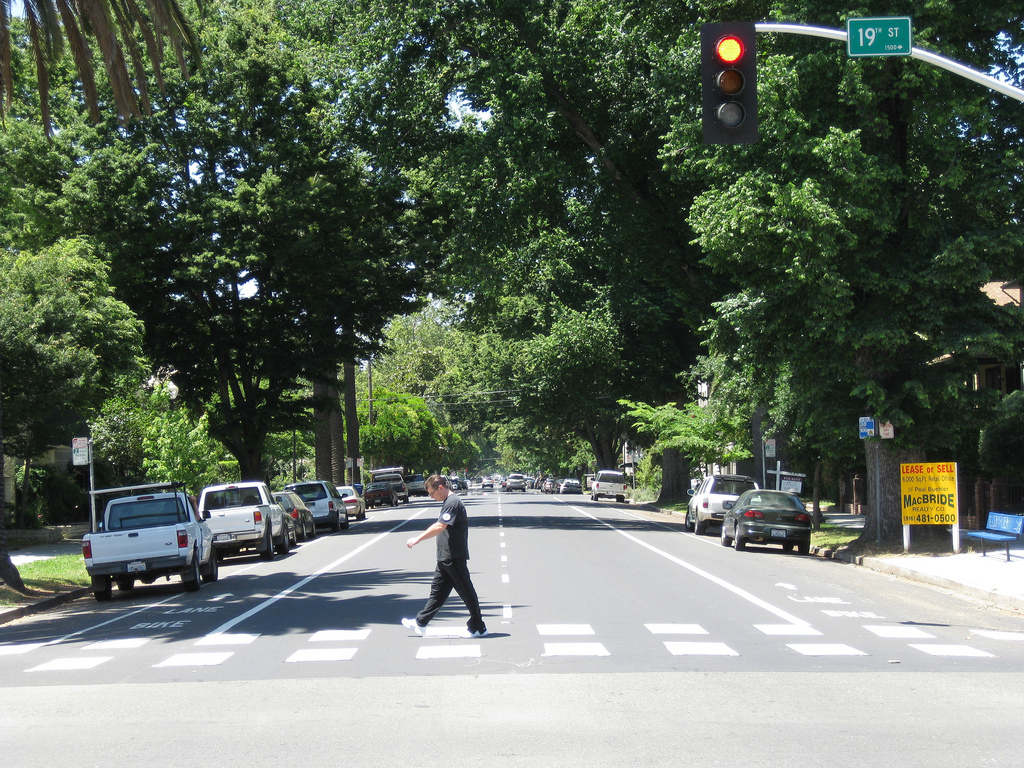
Complete Streets in Midtown Sacramento – Photo by Eric Fredericks CC
Complete Streets is a sustainable infrastructure design standard that creates safe and comfortable spaces for all users, including pedestrians, bicyclists, transit riders, motorists, and individuals of all ages and capabilities. It is a concept that builds from the outside in to include and protect sustainable transportation, walking, cycling and pedestrians first. Complete Streets is the foundation for a sustainable transportation system that includes sidewalks, bicycle lanes, transit stops, street widths and speeds to protect efficiency and safe lives, and are well-integrated with surrounding environments.
We have to acknowledge and increase our efforts to reduce the impacts of transportation on climate change in North Carolina as the emissions continue to rise as North Carolina’s leading pollution source.
—–
Terry Lansdell is on the board of NCCSC and Director of BikeWalkNC: A statewide advocacy organization devoted to making our state better for active trasnportation.


